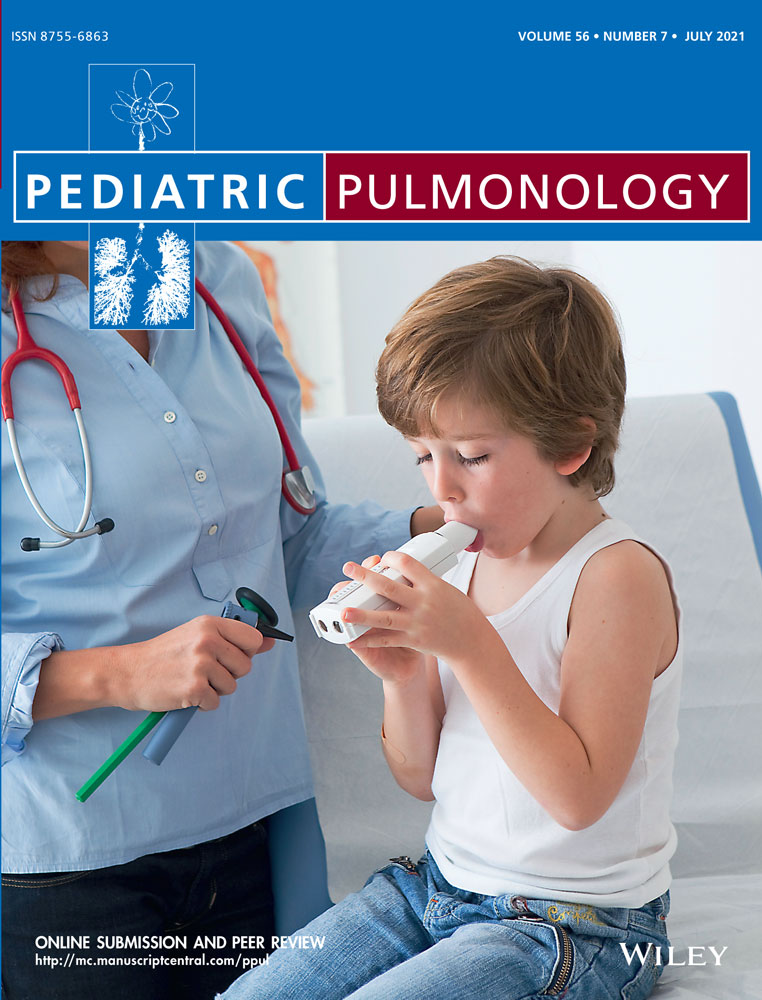Intrauterine growth retardation and lung function of very prematurely born young people
Abstract
Objectives
To assess if intrauterine growth retardation (IUGR) was associated with reduced lung function at 16–19 years.
Working Hypothesis
Very prematurely born young people who had IUGR would have reduced lung function postpuberty.
Study Design
Prospective follow-up study.
Patient-subject Selection
One hundred and fifty-nine 16–19 year olds born before 29 weeks of gestation; 37 had IUGR.
Methodology
Lung function tests were performed: spirometry was used to assess forced expiratory volume in one second (FEV1), forced expiratory flow at 75%, 50% and 25% of expired vital capacity (FEF75, FEF50 and FEF25), peak expiratory flow (PEF) and forced vital capacity (FVC). Functional residual capacity (FRCpleth) total lung capacity (TLCpleth) and residual volume (RVpleth) were measured. Alveolar function was assessed by diffusion capacity within the lungs of carbon monoxide (DLCO). Impulse oscillometry was used to assess respiratory resistance and lung clearance index to assess ventilation homogeneity. Exercise capacity was assessed using a shuttle sprint test.
Results
After adjustment for BMI, the mean FEV1/FVC, FEF75, FEF25-75, FRCpleth and RVpleth were poorer in those who had had IUGR, with differences between 0.56 and 0.75 z-scores. After further adjustment for BPD and postnatal corticosteroid use, only the difference in RVpleth z-scores remained statistically significant, adjusted difference (95% CI): 0.66 (0.18,1.13). Exercise capacity was lower in those with IUGR and this was more pronounced in males (p=0.04).
Conclusions
At 16–19 years of age, those who had IUGR had poorer lung function and exercise capacity compared with those with adequate intrauterine growth.
Open Research
DATA AVAILABILITY STATEMENT
Data will be made available on request.




